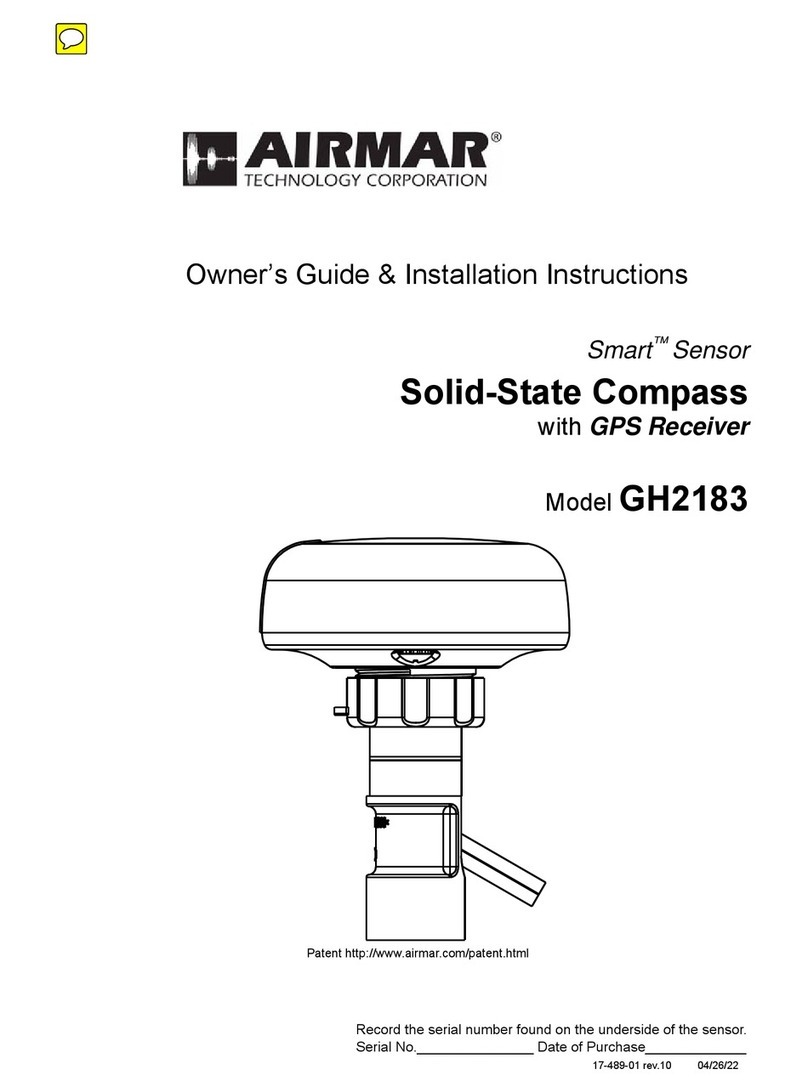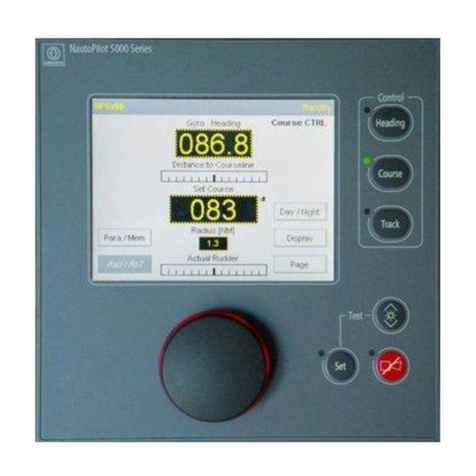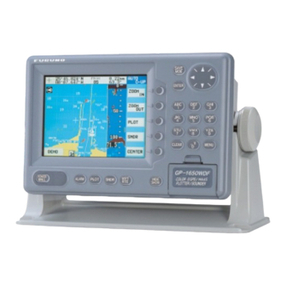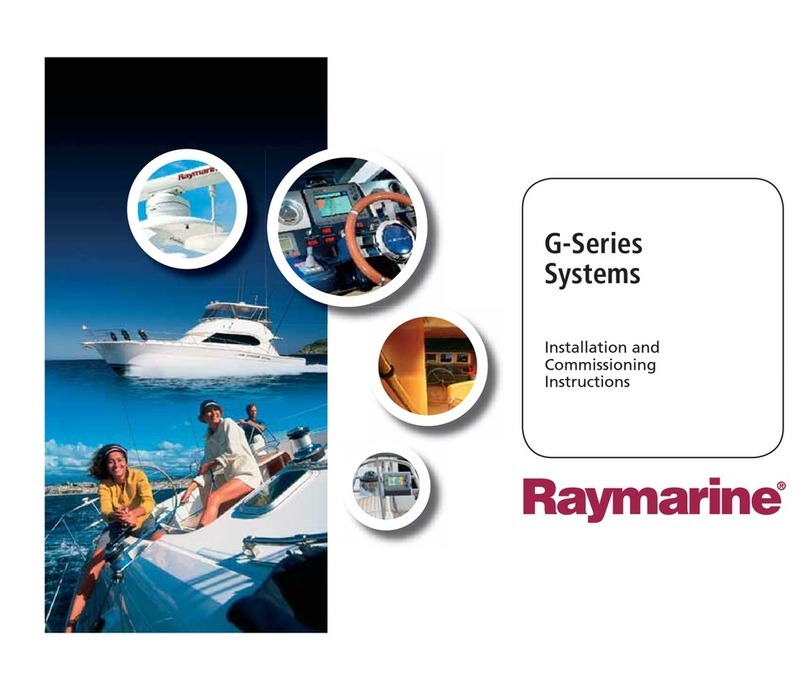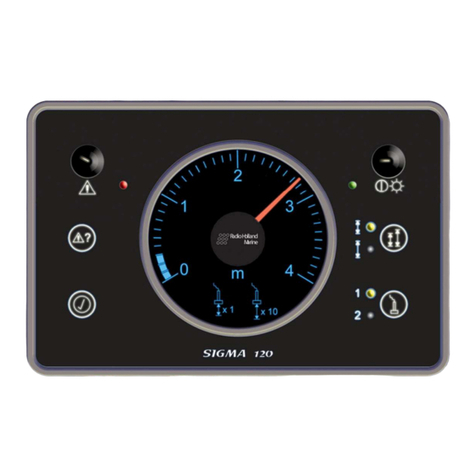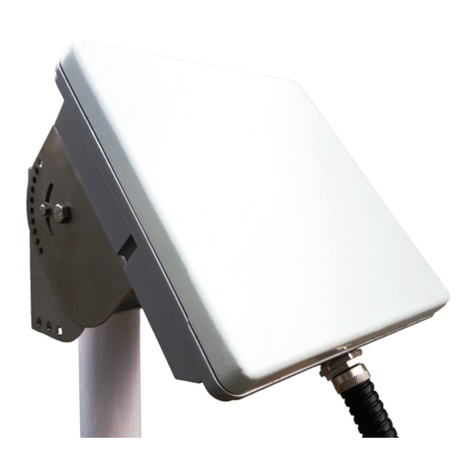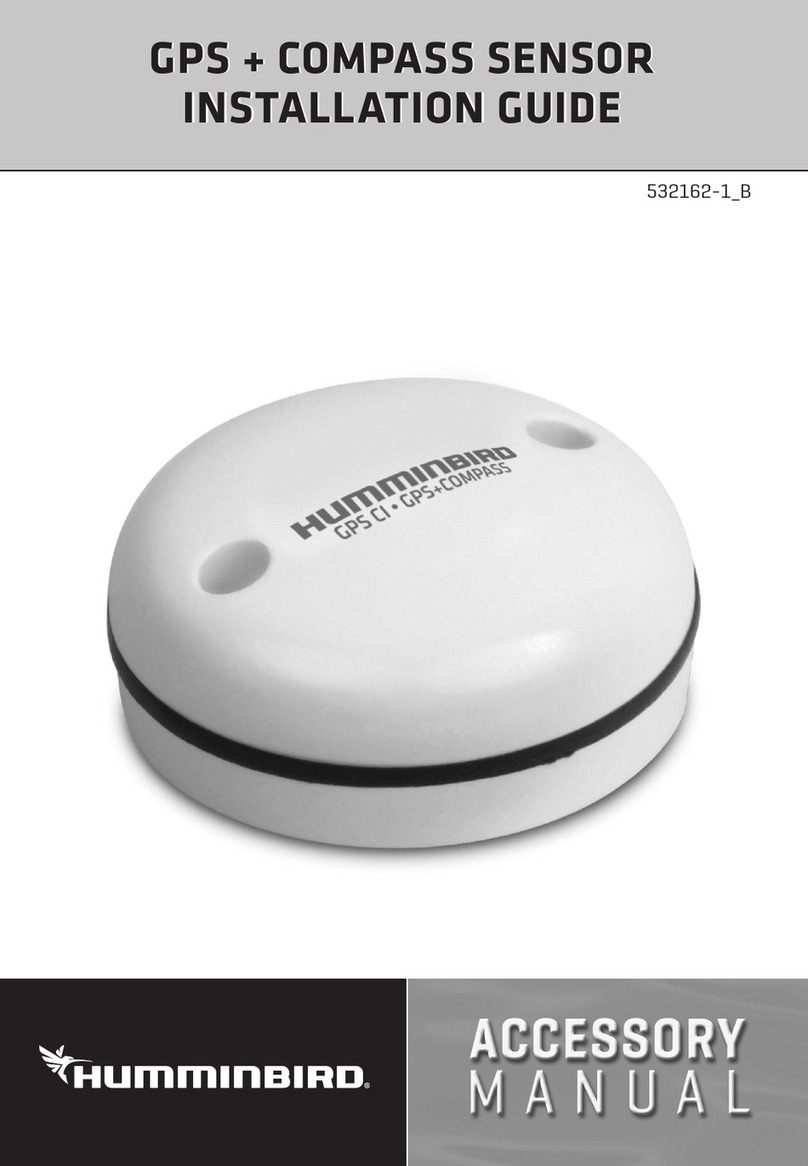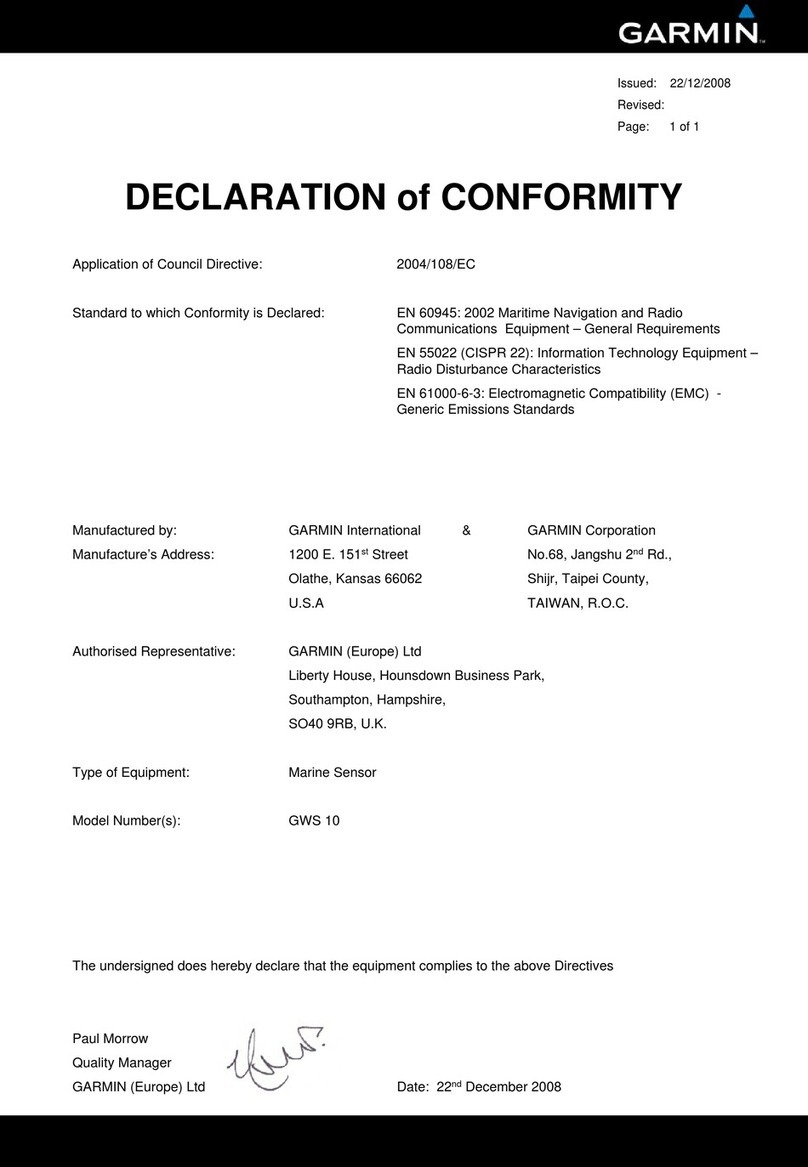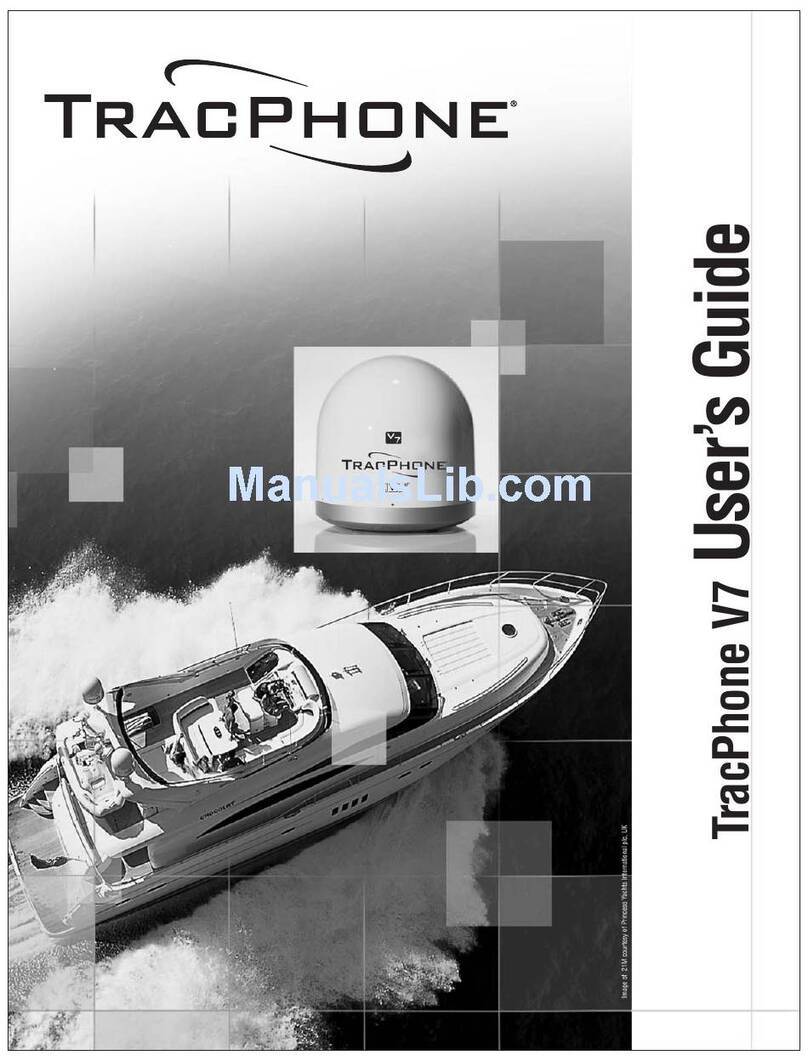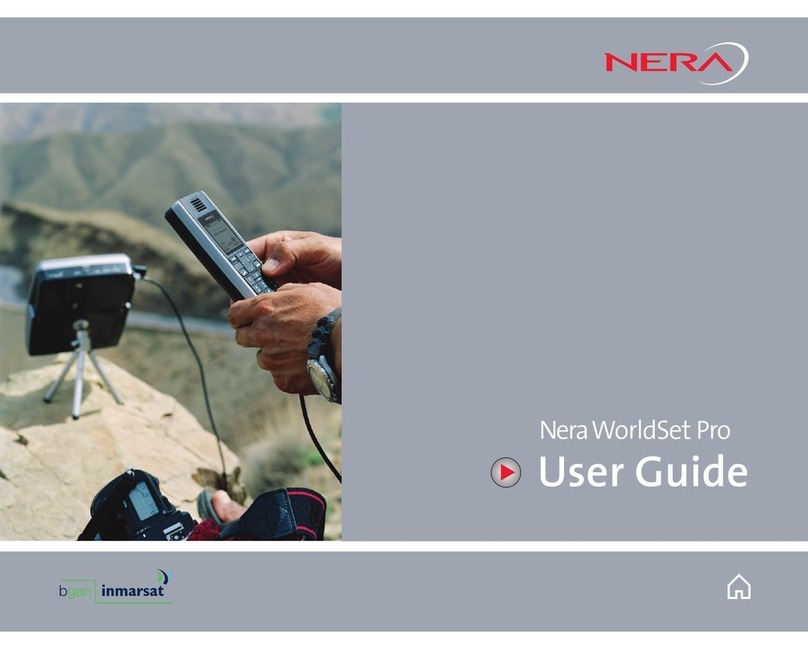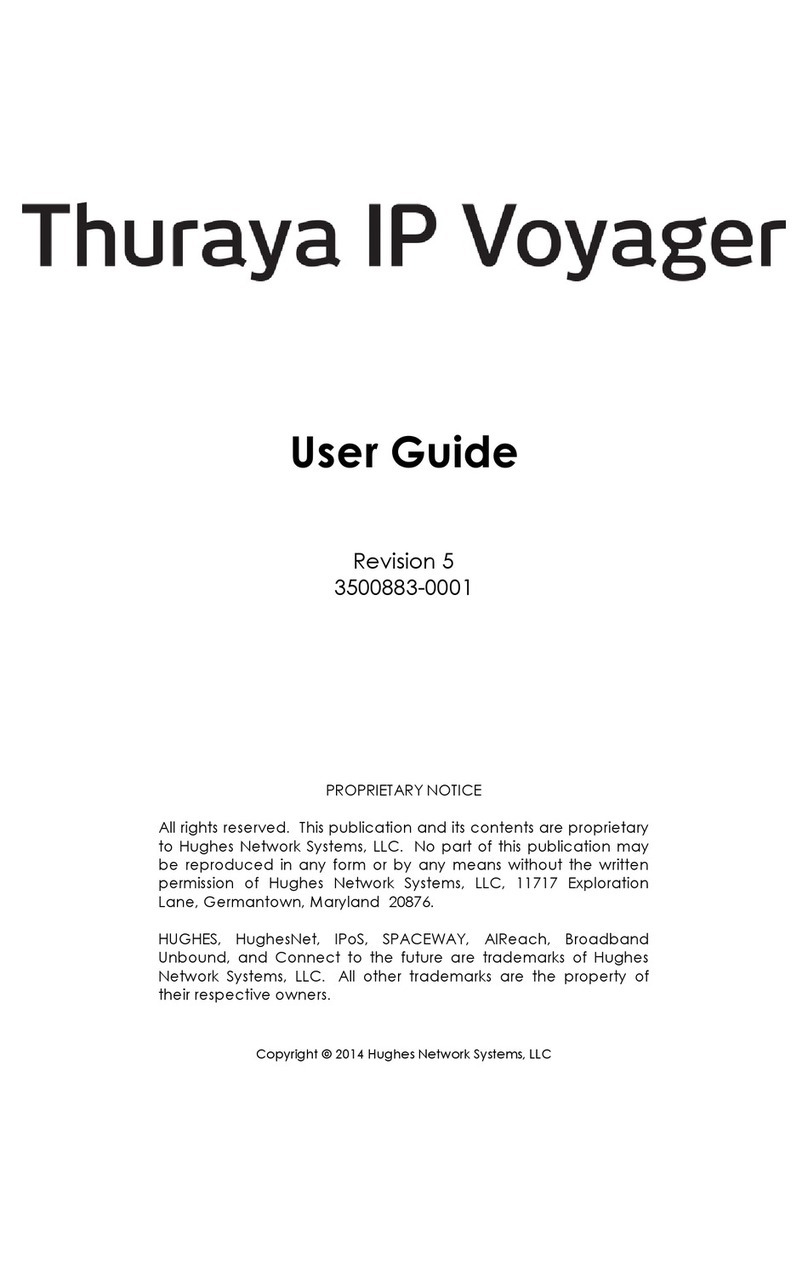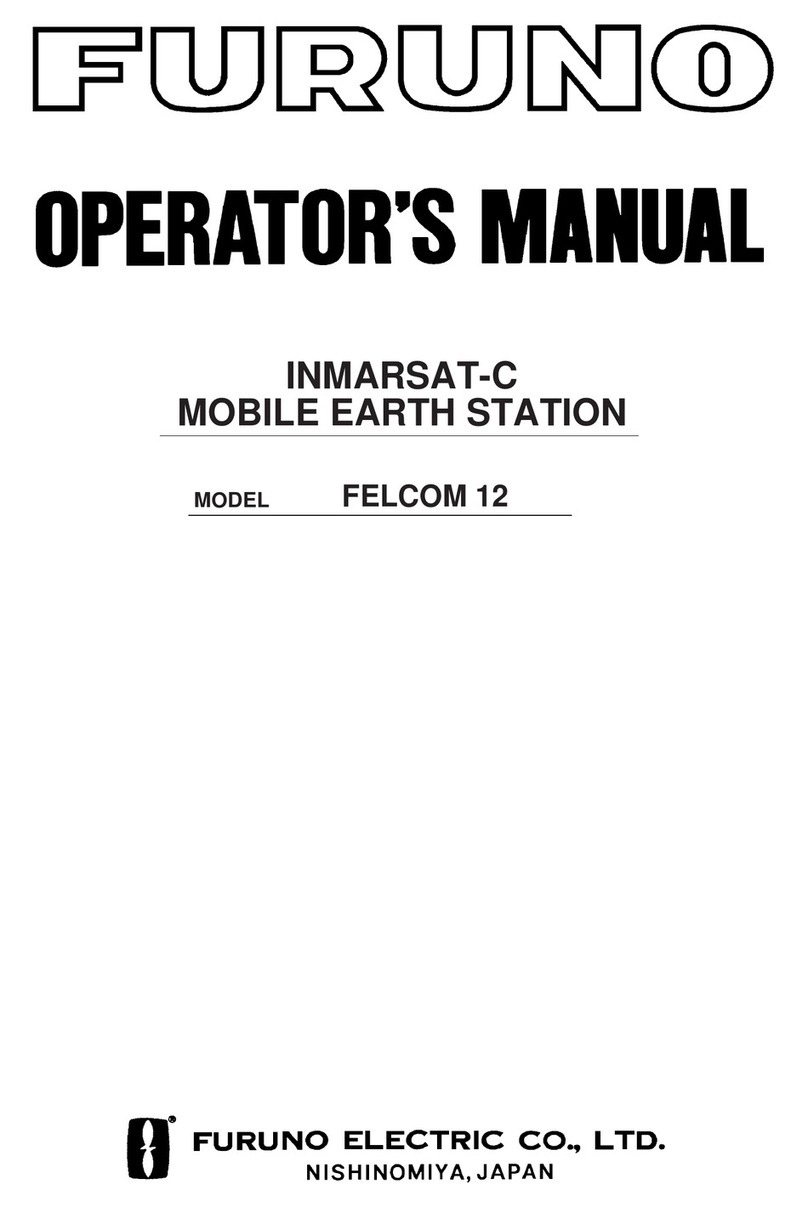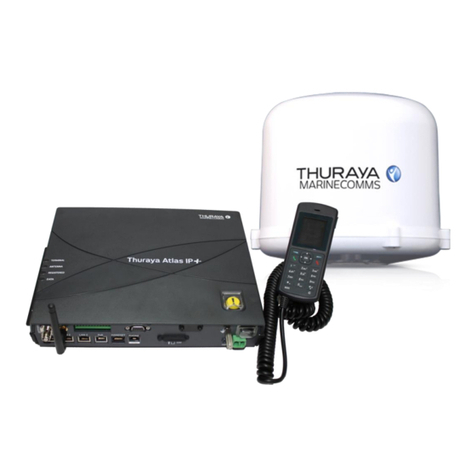About your AIS SART
Page 5
Page 5
2 About your AIS SART
2.1 About AIS
The marine Automatic Identification System (AIS) is a location and vessel information reporting system. It allows vessels equipped with
AIS to automatically and dynamically share and regularly update their position, speed, course and other information such as vessel
identity with similarly equipped vessels. Position is derived from the Global Positioning System (GPS) and communication between
vessels is by Very High Frequency (VHF) digital transmissions.
There are a number of types of AIS device as follows:
•Class A transceivers. These are similar to class B transceivers, but are designed to be fitted to large vessels such as cargo ships
and large passenger vessels. Class A transceivers transmit at a higher VHF signal power than class B transceivers and therefore
can be received by more distant vessels. They also transmit more frequently. Class A transceivers are mandatory on all vessels over
300 gross tonnes on international voyages and certain types of passenger vessels under SOLAS regulations.
•Class B transceivers. Similar to class A transceivers in many ways, but are normally lower cost due to the less stringent
performance requirements. Class B transceivers transmit at a lower power and at a lower reporting rate than class A transceivers.
•AIS base stations. AIS base stations are used by Vessel Traffic Systems to monitor and control the transmissions of AIS transceivers.
•Aids to Navigation (AtoN) transceivers. AtoNs are transceivers mounted on buoys or other hazards to shipping which transmit
details of their location to the surrounding vessels.
•AIS receivers. AIS receivers will generally receive transmissions from class A transceivers, class B transceivers, AtoNs, AIS base
stations and AIS SARTs but do not transmit any information about the vessel on which they are installed.
• AIS SART. An AIS SART is an emergency transmitter intended for use on vessels and life rafts. The AIS SART acts as a ‘locating
device’ to assist search and rescue services in locating a liferaft or vessel in distress. When activated the AIS SART regularly
transmits its GPS position in a specific emergency message to all other AIS devices in the area. All AIS SART devices have a
unique identifier set during manufacture and require no further configuration.
This product is an AIS SART.
